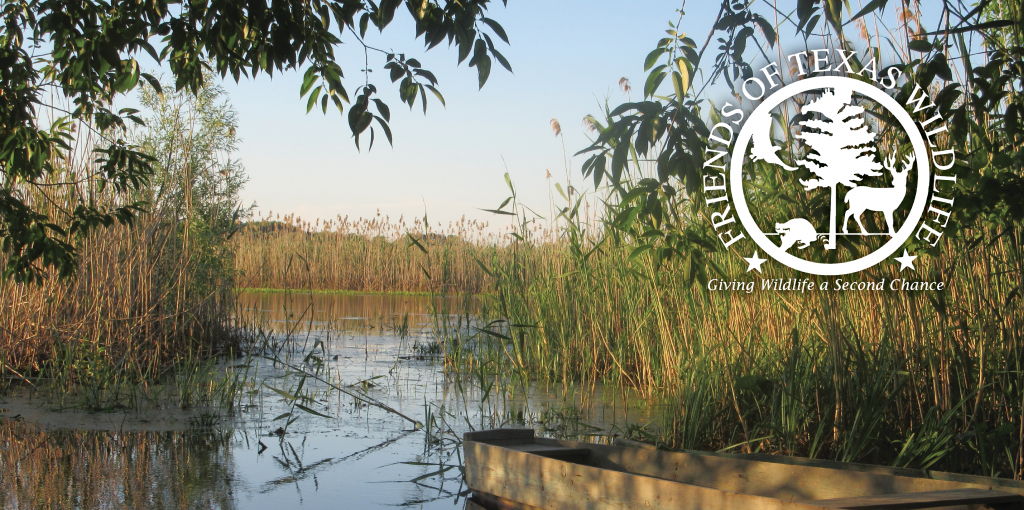As we move from spring into summer, no doubt you will continue to see lots of busy backyard birds and hear them singing their beautiful courtship songs. Due to our warmer weather for an extended period of months, songbirds here may nest and raise several broods of young each year, starting in early spring and then continuing through summer and into early fall.
At our intake center, we commonly get calls from people who have rescued baby birds. There are times when a nest may fall, or a hatching or nestling baby bird may get blown or knocked out of its nest. Very young baby birds found on the ground do need help; these baby birds are either unfeathered, or have a little fuzz, or are just beginning to get feathers (pin feathers look a bit like toothpicks sticking out of a baby bird). These babies are helpless and cannot fly yet, or even walk or hop. If a nest can be located, the baby can be placed back into the nest. It is not true that if a baby bird is picked up or has “human scent” on it the parents will reject it (in fact, most songbirds have little or no sense of smell anyway). If a nest cannot be reached or located, many times it is possible to put up a substitute nest. Simply take a small basket, or small plastic container (like a Cool Whip or margarine container), poke a couple of drainage holes in the bottom, and line it with some grass and leaves. Then take the new nest and attach it to a tree (with bungee cord, string, or even nail it) close to where the baby was found. Put the baby or babies in the new nest and observe from a distance to see if the parent birds resume caring for the baby or babies. With most songbirds, both the male and female tend to the young, so even if something happens to one parent, the remaining parent should still be able to raise the chick(s). If parents do not return after a few hours, please call for assistance. Do not feed the baby birds anything; dehydrated or cold babies cannot digest any food, so attempting to feed them could do more harm than good. If it is late in the day, simply keep the babies warm and quiet overnight (parents do not feed their babies after dark in the wild anyway). A heating pad on LOW can be put half under the makeshift nest if needed. If babies are found late in the day, you can try re-nesting the following morning to see if reuniting is successful. Please call us if you have any concerns or questions about what to do.
Quite often when we get calls on baby birds, they are actually fledglings. These are baby birds that are fully feathered with a little stubby tail, and many are easily recognizable (as in “that’s a baby blue jay”). Baby birds “fledge” and leave the nest TO learn how to fly, not WHEN they know how to fly. This is natural behavior. They can be seen hopping around on the ground or flitting from low bush to low bush. This is completely normal. As they learn to fly, their parents are still tending to them and bringing them food. These birds do not need rescuing! This is the most dangerous time for baby birds, but they just need a day or two before they can fly quite well. Try to keep cats and dogs inside during the day if fledglings are seen, or if they are in danger from domestic pets perhaps try moving the fledgling(s) away from dangerous areas by placing them in a low bush or tree. It is simply not possible for wildlife centers or rehabilitators to take fledgling birds simply to protect them from domestic dogs or cats. Just imagine the numbers of animals involved in such a scenario…not to mention licensing guidelines limit rehabbers to “injured or orphaned animals”. It is not feasible to take fledglings simply to protect them from what “might” happen. Also, a word about cats…we love ALL animals, and many (most?) rehabbers also have lots of domestic pets. However, allowing unsupervised cats outside to predate on birds (as well as other small wildlife animals) has a huge impact on songbird mortality. It is much safer for cats as well as wildlife to keep cats inside. We see first hand every day the damage domestic cats inflict on many types of wildlife, but particularly on birds. If you do let you cats outside, then at least refrain from intentionally attracting birds to your yard (no birdfeeders, birdhouses, hummingbird feeders, etc.). Remember that bird houses will eventually mean fledgling baby birds, so unless you can keep your cat inside when babies are present, it would be kinder to not encourage them to nest where the cats are present.
Most often simply understanding what normal behavior is for nesting birds is the best way to keep them safe and not unnecessarily separate them from their parents. We have more helpful information on our website at www.ftwl.org. To learn more about what we do and view pictures of many of the animals we assist, please visit our Facebook page at www.facebook.com/SavingTexasWildlife. We will continue to post on our website and Facebook page about our hours of operation and protocols during the Covid-19 concerns; at this time, unfortunately, our educational center remains closed.
